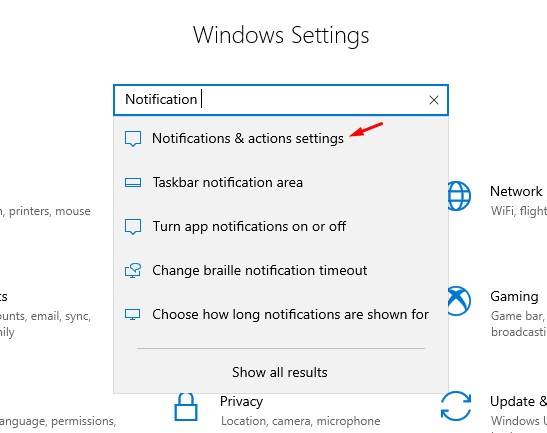

A good approach is to group similar and related steps into phases, and start renumbering the steps at each new phase. In my own experience, there were more than a 130 steps! That can be a bit daunting. For example, imagine a set of instructions for assembling a kids’ swing set.

Some instructions have only a single task, but have many steps within that single task. A more complex procedure like using a microwave oven contains several semi-independent tasks: setting the clock setting the power level using the timer cleaning and maintaining the microwave, among others. A task is a semi-independent group of actions within the procedure: for example, setting the clock on a microwave oven is one task in the big overall procedure of operating a microwave oven.Ī simple procedure like changing the oil in a car contains only one task there are no semi-independent groupings of activities. How many tasks are there in the procedure you are writing about? Let’s use the term procedure to refer to the whole set of activities your instructions are intended to discuss. Remember that defining an audience means defining the level of familiarity your readers have with the topic. Do a careful audience and task analysisĮarly in the process, define the audience and situation of your instructions.

Most of us have probably had many infuriating experiences with badly written instructions. Although they may seems intuitive and simple to write, instructions are some of the worst-written documents you can find.
#Change notification sound onetask how to#
One of the most common and important uses of technical writing is to provide instructions, those step-by-step explanations of how to assemble, operate, repair, or do routine maintenance on something.


 0 kommentar(er)
0 kommentar(er)
